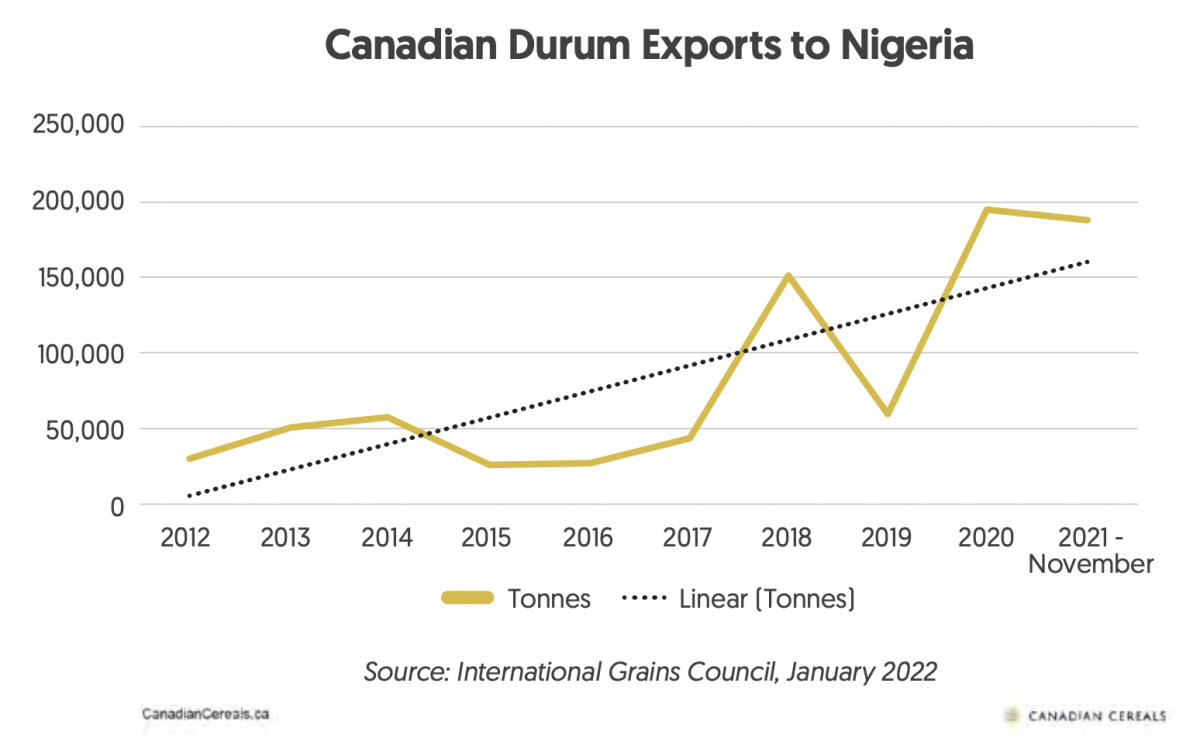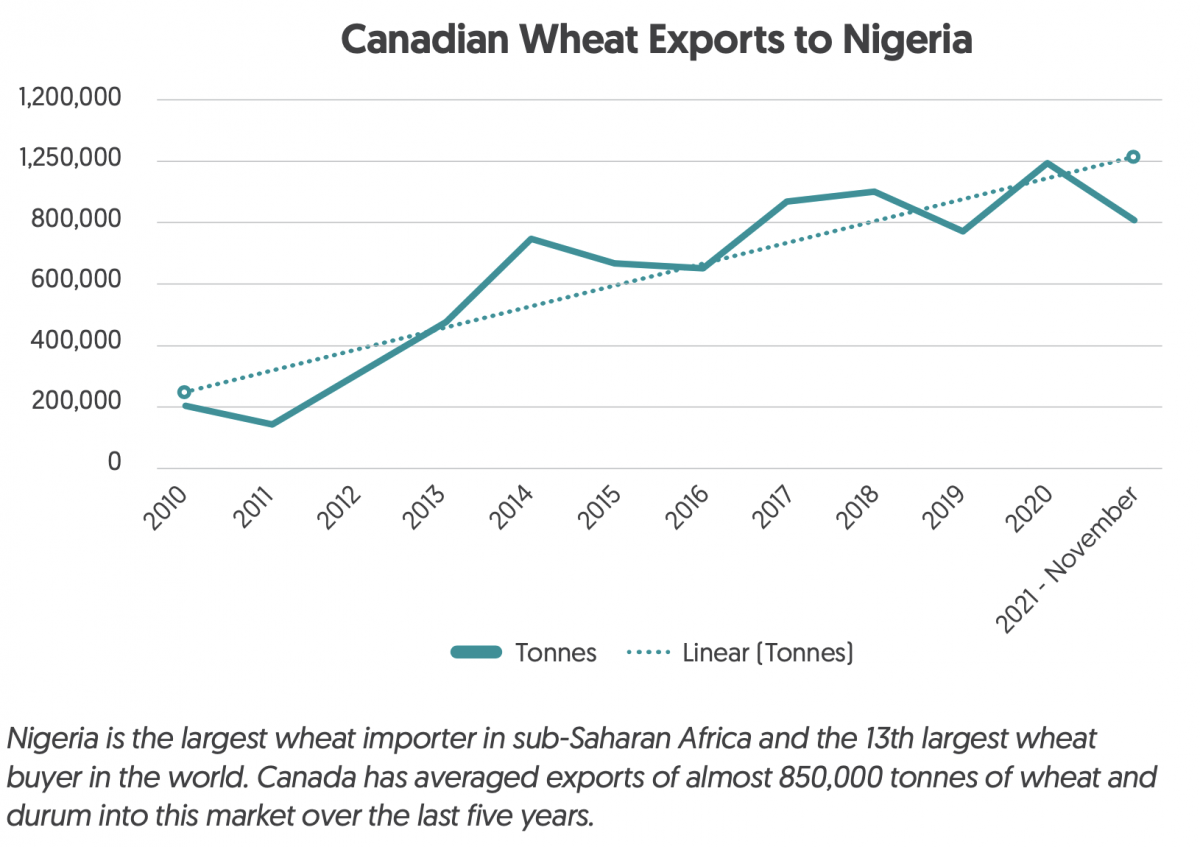2021 Cereals Canada New Crop Mission update
Typically, New Crop Missions take place in November and December to share technical information about the quality and functionality of the new wheat crop with Canadian Wheat customers. Wheat quality is impacted by the variability in the growing season each year, therefore new crop data is analyzed every fall through the Cereals Canada harvest assessment program. Cereals Canada works with nine exporters to procure samples from across Western Canada and results from the assessment provide the foundational information for the New Crop Summary. “Customers need and want to know how quality has changed year-over-year so that they can manage their products and their customer expectations,” says Dean Dias, chief executive officer at Cereals Canada.
For the second year, the New Crop Mission sessions were delivered virtually due to COVID-19. The shift to presenting webinars allowed Cereals Canada to reach 34 countries in four targeted regional sessions.
The webinars included technical information, details about supply and deposition, a quality update from the Canadian Grain Commission and information about grain farming in Canada. “During these sessions, we take the opportunity to provide an overview of the Canadian system including what happens on the farm, with farm ambassadors presenting information on their farm management practices and act as a liaison to bring customer requirements back to the wheat commissions to plan for future customer demands,” says Dias.
These missions provide information to help millers and processors recognize the quality of Canadian wheat and understand how to use it in their products, including how to blend it. “Canadian wheat is known as an improver and blending wheat,” says Dias. “It’s the consistency and quality that customers are looking for in Canadian wheat.”
In the fall of 2021, in addition to the missions, Canadian Cereals experts also participated in 24 customer meetings, each of which is an opportunity to review a customer’s specific needs. “Prior to 2020, we would target 17 key countries to meet in person and review the new crop quality data,” says Dias.
These targeted meetings provided technical information to help buyers and users of Canadian wheat understand the quality differences from one crop year to another also provides an avenue for confidential discussions regarding regulations, government policies and market dynamics in their respected country.
Canadian wheat is exported to over 70 different countries, but not all markets understand the quality information.
As an example, in 2011 Nigeria had very limited imports of Canadian wheat. Nigerian millers and processors were unfamiliar with the quality of Canadian wheat and how to use it as a blend in their products. Through a targeted approach, Cereals Canada provided in-country training and training at the Cereals Canada facilities in Winnipeg to build an understanding of how to work with Canadian wheat. “We provided training on how to make Nigerian products with Canadian wheat in their flour blends,” says Dias. Today, Nigeria is a consistent buyer of Canadian wheat. “They continue to attend New Crop Missions to access and use the technical summary to support their millers and processor,” says Dias.


A brief overview of the technical data for spring wheat CWRS & CPSR
- In both wheat classes, protein content was high.
- High protein content is desirable but it results in a dough that had stronger properties than the 2020 crop year.
- Higher protein means longer mixing times
- In CWRS, test weight was not as high as it was in 2020. Test weight provides millers with an estimation of the potential for flour extraction
- Water absorption in CWRS was lower than it was in 2020.
- Water absorption is a critical quality parameter for bakers. Bakers like to see high water absorption.
A brief overview of the technical data for Durum wheat:
- Protein content was also high in durum wheat
- High protein content is desirable as it results in firmer pasta
- But it also results in longer cooking times
- This means that labeling instructions on packaged pasta may no longer be accurate.

